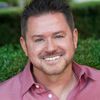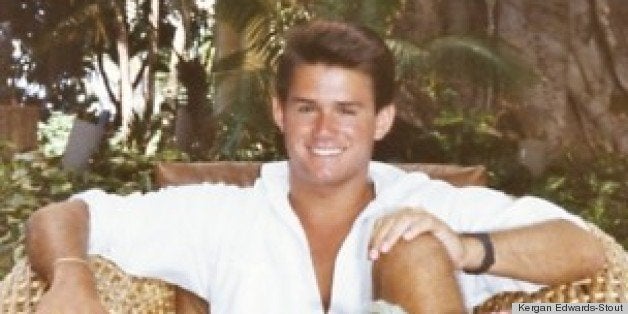
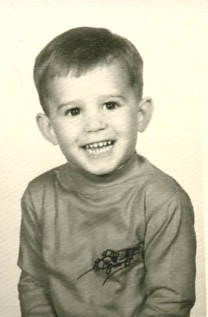 I survived a plague.
I survived a plague.
It once seemed unfathomable that I'd ever write such words, let alone experience just such a cataclysmic event. Growing up in a bland but largely protected Southern California suburb in the '60s and '70s, I had no clue what lay ahead. Acquaintances, friends, co-workers and lovers dead. A myriad of others infected. Who could have foreseen the years of public apathy and private sorrow, or emerging decades later into a world where few seem to acknowledge the experience that occurred, let alone the toll taken. Somehow, though, I stand here today having survived the AIDS epidemic, and I still marvel at how.
In 1981, when what would eventually become known as AIDS peripherally entered our national consciousness, I was 16 years old. I'd known I was attracted to other boys since as far back as I could remember. Hitting 16, I was able to put my driver's license to good use, beginning weekly sojourns to a bookstore in neighboring Long Beach, Calif., where I'd spend my allowance on LGBT fiction, The Advocate and gay porn. 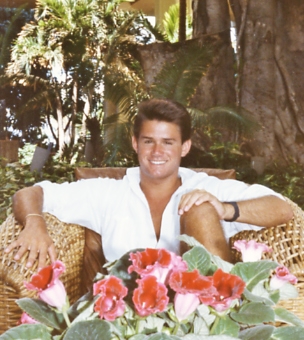 This avid need to read and learn would serve me well, as I distinctly recall that moment when I first saw a headline about a gay cancer attacking the New York community. In July 1982, at virtually the same moment that the disease was being renamed from "gay-related immune deficiency," or "GRID," to the more accurate "acquired immunodeficiency syndrome," or "AIDS," I was experiencing my first sexual encounter, on a family vacation to Maui. Lying on a hill overlooking a beautiful, deserted beach cove, I finally gave myself over to the stirrings I'd long felt. Even as this older stranger initiated me into the ways of gay sex, I was cognizant of the disease attacking gay men, fully aware of the wolf at the door. Moments after finishing, I pulled on my bathing suit, quickly hurrying around the corner of the cove, only to bump into my sister, on her way to find me. The realization that mere seconds had separated me from discovery introduced a gnawing element of fear into the moment. But that factor of fear may very well be the reason I'm still here.
This avid need to read and learn would serve me well, as I distinctly recall that moment when I first saw a headline about a gay cancer attacking the New York community. In July 1982, at virtually the same moment that the disease was being renamed from "gay-related immune deficiency," or "GRID," to the more accurate "acquired immunodeficiency syndrome," or "AIDS," I was experiencing my first sexual encounter, on a family vacation to Maui. Lying on a hill overlooking a beautiful, deserted beach cove, I finally gave myself over to the stirrings I'd long felt. Even as this older stranger initiated me into the ways of gay sex, I was cognizant of the disease attacking gay men, fully aware of the wolf at the door. Moments after finishing, I pulled on my bathing suit, quickly hurrying around the corner of the cove, only to bump into my sister, on her way to find me. The realization that mere seconds had separated me from discovery introduced a gnawing element of fear into the moment. But that factor of fear may very well be the reason I'm still here.
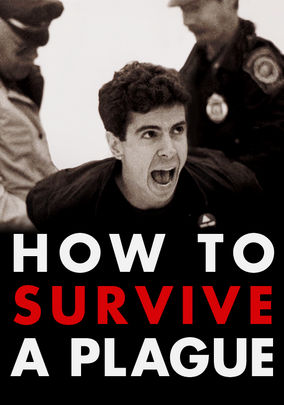 With the release of David France's Oscar-nominated documentary How to Survive a Plague, now on DVD, I was immediately reminded of those many years and how, for me, sex and fear became, for better or worse, inextricably intertwined. The film skillfully communicates the era's panic and anger, as well as the resolute determination of the LGBT community to combat the virus. As I watched it, long-forgotten voices and faces materialized, transporting me to a time in which I often felt as though I were engaged in a secret war.
With the release of David France's Oscar-nominated documentary How to Survive a Plague, now on DVD, I was immediately reminded of those many years and how, for me, sex and fear became, for better or worse, inextricably intertwined. The film skillfully communicates the era's panic and anger, as well as the resolute determination of the LGBT community to combat the virus. As I watched it, long-forgotten voices and faces materialized, transporting me to a time in which I often felt as though I were engaged in a secret war.
I was reminded of James, so closeted that even a shared meal in public was conducted in whispers. I remembered hushed conversations about who had "it," the line between the "haves" and the "have-nots" never more apparent. I thought of those awkward dinners where my date would reveal his serostatus, and I would attempt to finish the meal pleasantly, as if that news hadn't really mattered. And I remembered the first man I personally knew who died of the disease, always-smiling Jon, who went so quietly that few even registered that he was gone.
When I was growing up, sex was labeled both a sin and something to treasure, and these warring contradictions, added to the lessons learned from my dysfunctional family makeup, bore in me a certain prudery. 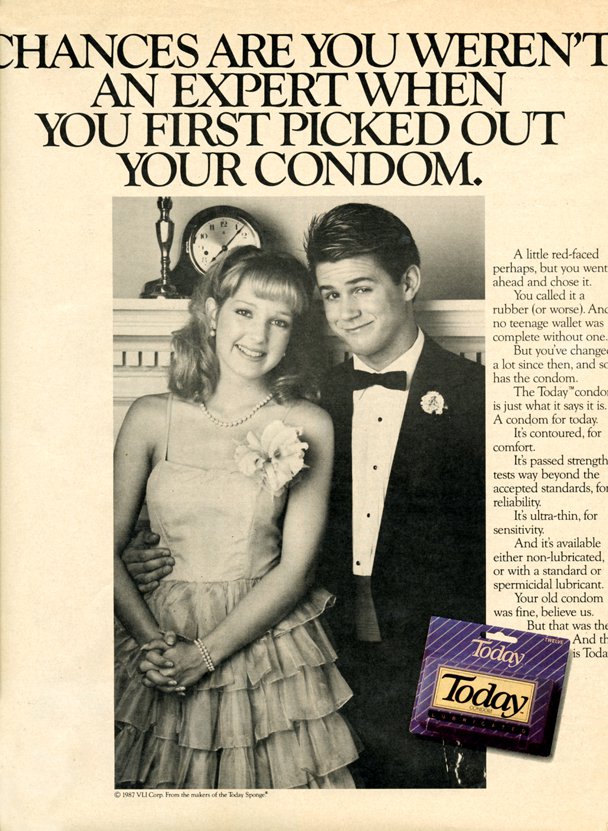 Mix that prudishness with a lurking transmittable disease, and my sexual awakening proved not the spree of abandon I'd long imagined but a series of battles, each encounter fraught with the fear that HIV could enter my body at any time, at the slightest provocation. This led me to study everything I could about the virus, to fortify myself. This quest for knowledge proved difficult, however, as each news account seemed to give varying and often conflicting instructions: It can be spread through saliva! No, it can't! They've discovered a drug! But it doesn't work! It can't be spread through oral sex! No, wait, it can! No, it can't! A cure is coming! No cure to be found!
Mix that prudishness with a lurking transmittable disease, and my sexual awakening proved not the spree of abandon I'd long imagined but a series of battles, each encounter fraught with the fear that HIV could enter my body at any time, at the slightest provocation. This led me to study everything I could about the virus, to fortify myself. This quest for knowledge proved difficult, however, as each news account seemed to give varying and often conflicting instructions: It can be spread through saliva! No, it can't! They've discovered a drug! But it doesn't work! It can't be spread through oral sex! No, wait, it can! No, it can't! A cure is coming! No cure to be found!
Each sex act became a scientific experiment: If one condom is effective, will two be even better? Am I using the right lubricant? What is nonoxynol-9? Is it microwavable or non-microwavable plastic wrap that is the preferred barrier for rimming? Such questions made it difficult to lose myself in the moment, but they also allowed passion a momentary respite, providing a window in which to turn my hypervigilance into action.
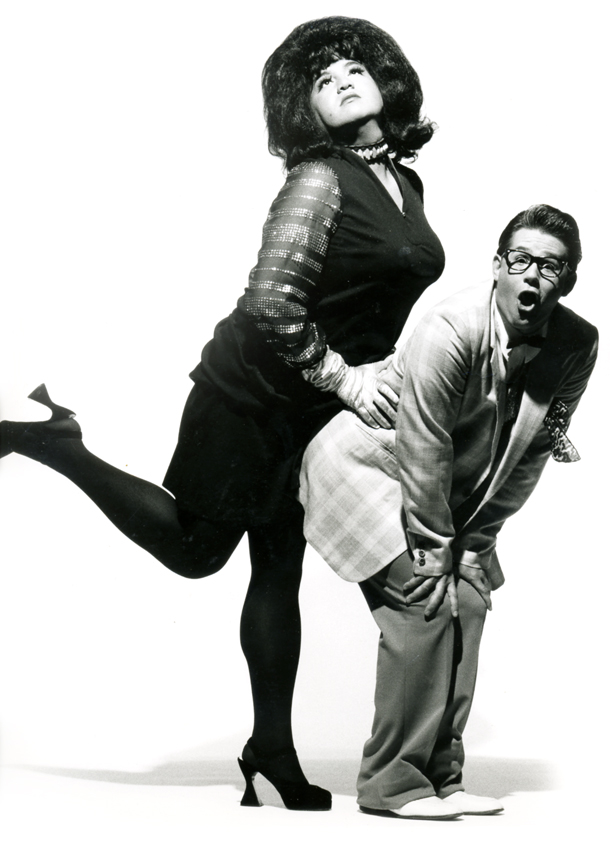 Desperate at seeing my community under attack, I found myself at AIDS Project Los Angeles, first as a volunteer and later as a hired staff member. My efforts there centered on HIV prevention. It was my goal to keep other gay men HIV-negative, but even that was fraught with uncertainty. We acted as if we were shamans, sprinkling our mystical educational nuggets across the landscape, but we were more used-car salesmen than anything, selling the masses education that we didn't really believe in, with few of us actually practicing what we preached. We advocated using dental dams or plastic wrap for rimming, finger cots or latex gloves for ass play. We preached using condoms for oral sex and pretended that the flavored lubricants we hawked actually enhanced the act, as if everyone wanted to taste synthetic strawberry instead of cock.
Desperate at seeing my community under attack, I found myself at AIDS Project Los Angeles, first as a volunteer and later as a hired staff member. My efforts there centered on HIV prevention. It was my goal to keep other gay men HIV-negative, but even that was fraught with uncertainty. We acted as if we were shamans, sprinkling our mystical educational nuggets across the landscape, but we were more used-car salesmen than anything, selling the masses education that we didn't really believe in, with few of us actually practicing what we preached. We advocated using dental dams or plastic wrap for rimming, finger cots or latex gloves for ass play. We preached using condoms for oral sex and pretended that the flavored lubricants we hawked actually enhanced the act, as if everyone wanted to taste synthetic strawberry instead of cock.
We made every effort to keep our messages "sex-positive," to ensure that we didn't add to the years of shame that gay men had suffered, being made to feel less-than. Although fear had proven an effective deterrent for me, scare tactics were frowned upon. Marketing campaigns depicting those ill or dying was forbidden, so as not to offend those with HIV or imply that death was a foregone conclusion. Instead, we repeatedly insisted that not only was safer sex hot, but it could be even hotter than sex without condoms. As if anyone believed it.
To sell this vision, we created workshops around enhancing intimacy and building self-esteem, the theory being that by feeling better about oneself, more care would be taken around sexual health: If you care about yourself, you'll use condoms. But that message was faulty, as the reverse would also be true: If you aren't using condoms, you're an unfeeling asshole who doesn't about anyone, especially not yourself. That led men to again feel shame. Guilt trips are rarely effective.
As months became years, what began as a quiet war eventually grew to a loud roar. Nights in West Hollywood were an endless cycle: handing out condoms at bars, engaging in street protests, attending meetings of QueerNation or ACT UP and leading courses in safer sex. We screamed until we were hoarse and marched until we couldn't stand, then we went out dancing all night and had as much sex as possible. I recall seminars such as Marianne Williamson's "A Course in Miracles" and Louise Hay's "Hay Rides," more than once wondering why I was there. Many of those attending were HIV-positive, searching for healing. I was there because... what? Was I seeking community? A sense of belonging? To cruise hot guys? Or was I searching for a cure for what ached in my soul?
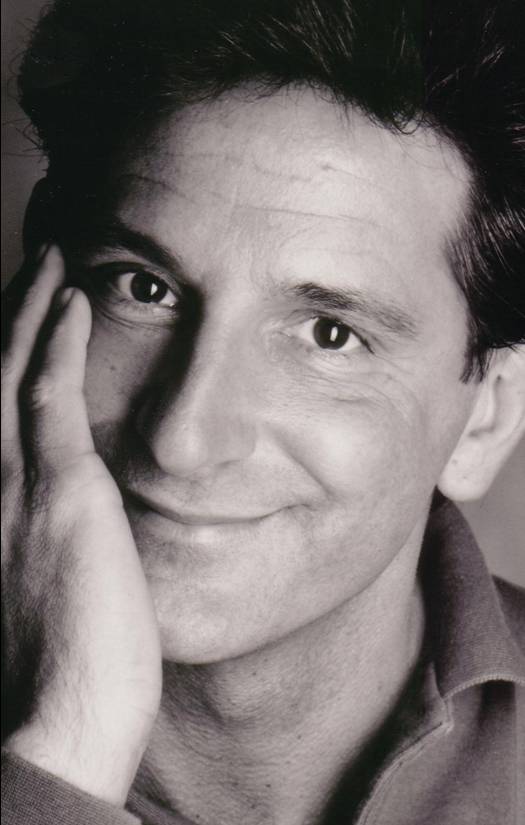 Ultimately, however, why I was there wasn't important. The important thing is that I was there.
Ultimately, however, why I was there wasn't important. The important thing is that I was there.
Shane Sawick was HIV-positive when we met, with a T-cell count of less than 200, which technically meant that he had AIDS. As we began dating, technical became actual very quickly, and within two years he was dead.
When I first heard through a friend that Shane was interested in me, I was flattered, but I didn't give it much thought. He was HIV-positive, after all, and although I acted like it didn't matter, it did. There was little hope back then, and I knew what the road ahead held. I had no desire to go down that path; I was afraid, not for my physical health, because by then I was as knowledgeable as most doctors, but I feared what such loss could do to my soul. How can one begin to indulge in loving fully knowing that there is an expiration date? Why experience what you know will be fleeting? And how can you ever move forward again having loved and lost?
The idea of a relationship with Shane scared the shit out of me, but I knew I had to face that fear, however messy. I'd beaten my fear of infection through education, and I thought I might beat my emotional fears by confronting them. I chose love, in all its complexity, and found myself rewarded. Connecting with another, giving fully, putting his needs ahead of my own -- these molded me into the man I am today. Experiencing horrific pain and sadness through his death and that of my friends created shadings within, deep pockets of understanding, ultimately making me a better human being, partner and father.
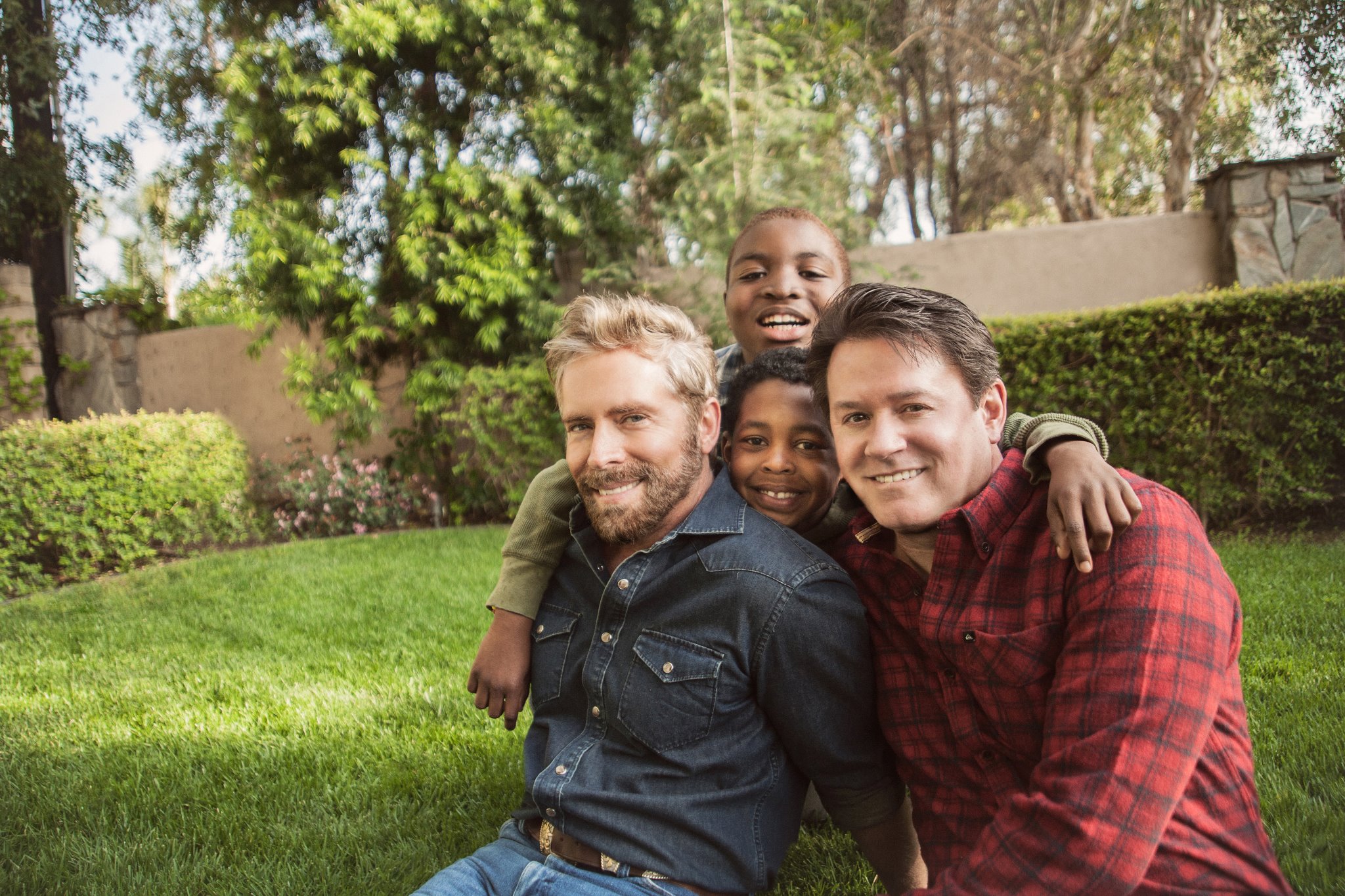 Throughout the crisis, I met countless people doing everything possible to educate and empower others and eradicate a deadly disease, while a much larger number of people did nothing. Those of us who were engaged in the fight might not have done everything we should have or could have, but the mere act of doing is what kept me sane, and maintaining a healthy respect for the disease kept me HIV-negative.
Throughout the crisis, I met countless people doing everything possible to educate and empower others and eradicate a deadly disease, while a much larger number of people did nothing. Those of us who were engaged in the fight might not have done everything we should have or could have, but the mere act of doing is what kept me sane, and maintaining a healthy respect for the disease kept me HIV-negative.
Love, mixed with more than a little bit of fear, is how I survived the plague.
Kergan Edwards-Stout's debut novel about one man's battle with AIDS, Songs for the New Depression, was the winner of the 2012 Next Generation Indie Book Award in the LGBTQ category, shortlisted for the Independent Literary Awards and named one of the top books of 2012 by Out in Print and others.
Photos: Kergan Edwards-Stout as a child and as a young man in Hawaii (photo provided by the author); Peter Staley on the poster for How to Survive a Plaque; Kergan Edwards-Stout in an ad for Today Condoms and performing in a safer sex education campaign for AIDS Project Los Angeles as Biff Boffum, opposite Lawrence Jurado's LaToya Latex (photo by Ed Freeman); Shane Sawick (photo by Ed Freeman); Kergan Edwards-Stout today with his family, Russ Noe, Mason and Marcus Edwards-Stout (photo by Sara+Ryan Photography).
This blog post originally appeared on KerganEdwards-Stout.com.
